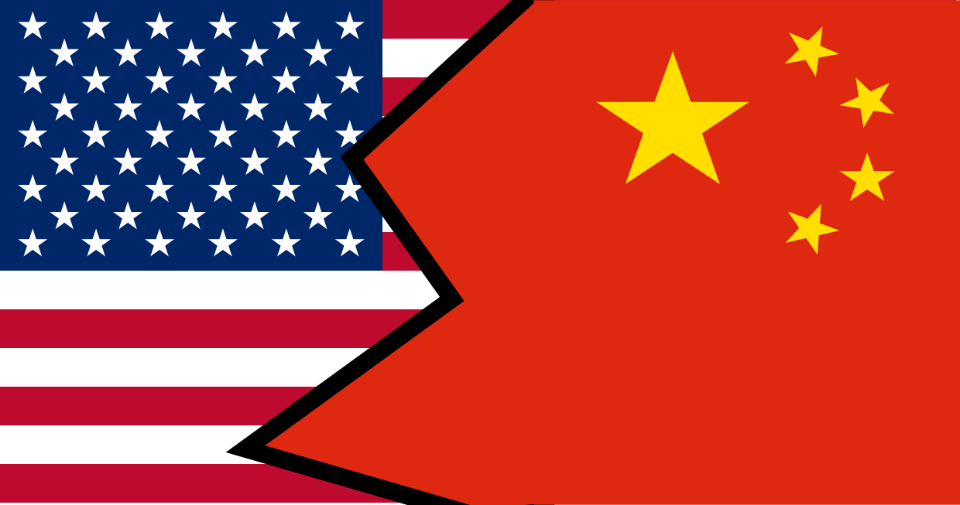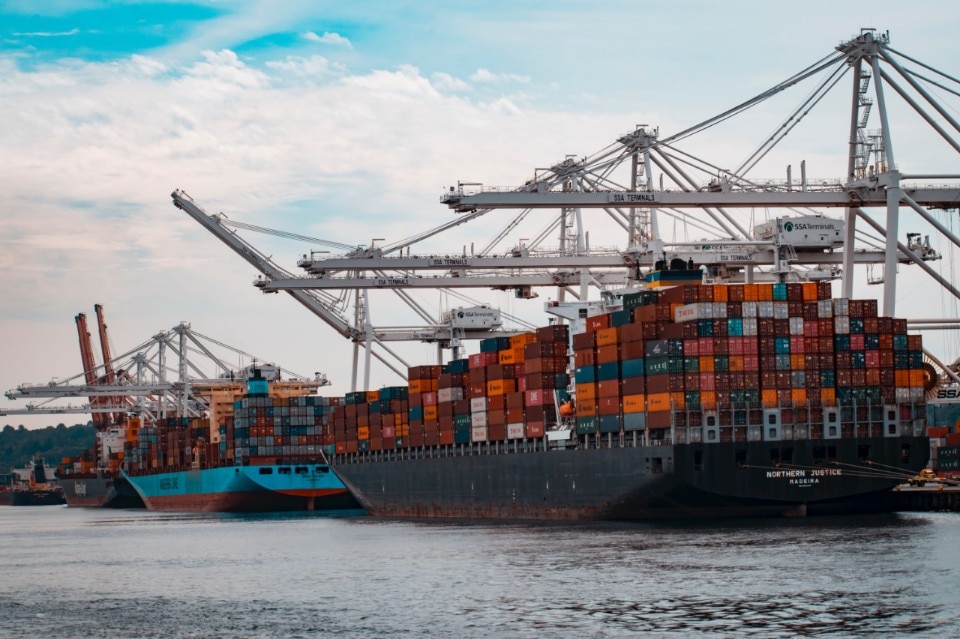At the end of the second phase of the COVID emergency, it might be considered useful to look back at how 2020 was seen at the beginning of January, when the global scene seemed not to lend much importance to the first cases of “influenza” recorded in the wet market in Wuhan. The focus instead was on a new geo-political scenario to which the attentive Economist had recently dedicated a cover and the name Anglosphere versus Sinosphere.
Eight months later, in a global situation that has undergone radical change from every point of view, with uncertainty over new waves of infection and a scientific solution still far off, that image remains pertinent.
The Anglosphere and the Sinosphere are in fact two informal and supranational entities, each sharing language and culture, and above all social and political mindsets. The Anglosphere consists mainly of America, Great Britain, Canada, Australia and New Zealand. It is a fairly compact group of leading or ex-leading countries, all English-speaking, all with very high rates of wealth and above all characterised by open societies, generally democratic in leaning, which have generated and continue to generate high levels of social and individual freedom, of which the most important aspect is the quasi-impossibility of censorship. On the other side of the globe and in stark opposition is the Sinosphere, which is seen as a quite different ecosystem, where respect for life-long political leaders is not only desired but demanded, with all that this entails.
While the Sinosphere consists mainly of the People’s Republic of China, there are many Asian states, as well as countries in Africa and throughout many regions of the ex-Third World, that are under its influence. An influence that is seeing a radical and startlingly rapid change in all the fundamental concepts that lie at the heart of the Anglosphere: freedom, the market, democracy, the future.

In reality, as the Economist notes, these concepts are journalistic, theoretical models or, if you will, simple paradigms. The Anglosphere does not actually exist. It has no borders, no legal system, and no president or government, just as the Sinosphere has none of the above. However, by considering these two categories, we are better placed to understand the world that awaits us in the not-too-distant future, which COVID has both brought closer and overturned. All the countries in the Anglosphere share (theoretical) freedom of speech and action, together with generous tolerance of diversity in customs and habits both religious and personal. This renders the Anglosphere a rather attractive metaplace, which continues to be the destination of two thirds of the world’s immigrants with the highest levels of cultural and professional education. On the contrary, the Sinosphere, according to the latest research (source Gallup) is the desired destination for only 1% of the 750 million immigrants seeking a new home. This to the extent that Australia alone allegedly has more foreign residents than the entire Chinese territory.
Other characteristics of the two spheres appear even more significant. These include a true asset that is intangible yet very material: trust. Members of the Anglosphere are shown to be more willing to trust each other. This is not only in comparison to those of the Sinosphere, but also to other rich, non-English-speaking democracies, such as France, Germany and Japan, who, unlike the five members of the Anglosphere, have never shared their intelligence services. This is in stark contrast to the Sinosphere, which travels the world offering consent yet struggles to find it, instead “buying” influence with roads and loans, and above all offering a model to anyone that seeks combining rapid economic development with the opposite of democratic principles.
The theme of trust appears crucially important, as the two spheres mistrust each other greatly. This is demonstrated by the attitude of the United States, but also by the worries shown by Australia with regard to trade with China. This has led to the Anglosphere’s strategy regarding Chinese military control of the Pacific, which has gone as far as to slow the Anglosphere’s adoption of 5G technology, dominated by Chinese companies, thus avoiding the risk of becoming intellectual and economic hostages. All of this while the Sinosphere invests in military spending at never-before-seen levels and with clearly anti-American aims.

On this basis, a clash seems to be inevitable. So how can it be avoided? And how can we ensure that the rapidly deteriorating relations between America and China, the hearts of the two spheres, do not lead to open clashes that stem from influence in the South Seas?
It is here that the architecture and the themes that we at Domus examine every month take on a crucial role, not only in 2020, but also for the future. One area of common ground could in fact be the theme of sustainability, from carbon footprints to the climate emergency and the infrastructural risks of global mobility. While it is true that America and Australia have not managed to involve China in discussions regarding climate change and marine pollution, it is also true that hostile rhetoric, above all from Donald Trump, has not created the best conditions for achieving the goals desired.
One thing is certain: the collaboration of creative figures from the worlds of design and above all of architecture, which remains a global and pacific key to business and above all to empowerment for individual freedom and the evolution of society, appears to be a crucial factor for promoting collaboration and calming nerves that is much more plausible than the lowering of American charges for Chinese products or increased accessibility to Chinese technological intellectual property hoped for by the London-based publication. Above all in 2020, in the midst of a search for solutions following the pandemic and an understanding of the greatest crisis outside of conflicts in the modern era, which risks creating the most serious harm to society and individuals of the last centuries, the best way to build bridges remains the actual building of bridges, together with cities, apartments and objects, by the professionals from all over the world that continuously contaminate the two spheres.
Now more than ever, architecture and design, seen as an intellectual approach to the problems of society, is an obligatory geopolitical component to overcoming the impasse and rethinking the future. Now more than ever, public beauty represents a pacific and highly cultural attempt to reduce inequality on a global scale, overcoming both the arrogance of a number of absolutist figures on the global market and the protectionist bent of their antagonists, as well as the supremacy of petroleum, to cite a felicitous statement by Gianni Bonini.
Since 1928, Domus has examined all of this in both a vertical and horizontal manner. It looks out over the world from its home in Milan, and presents Italy to the world, thanks to its being distributed in more than 85 countries and its recognised position as an iconic leader in architecture, design and art. Contemporary journalists would say that for almost a century, Domus has been applying “design thinking”, that combination of cognitive, strategic and practical processes through which the designing of buildings, products and machinery is developed and, above all in recent years, has shifted towards the innovation of individual and social services, thus becoming an operative and strategic paradigm for imagining the future by rethinking the present through creative vision and management. The approach of Domus, which remains centred on people and is based on the capacity to integrate analytical ability with creative thinking under the banner of that multifaceted knowledge that brings together technical and humanistic characteristics and which, since Medieval times, has defined Milanese and Italian culture. It is a method that we here at Domus continue to apply, offering our contribution to the imagination and creation of a society that is better not because it faces up to the emergencies that reality presents it, but rather to our idea of life that is based on these conditions. Always.


